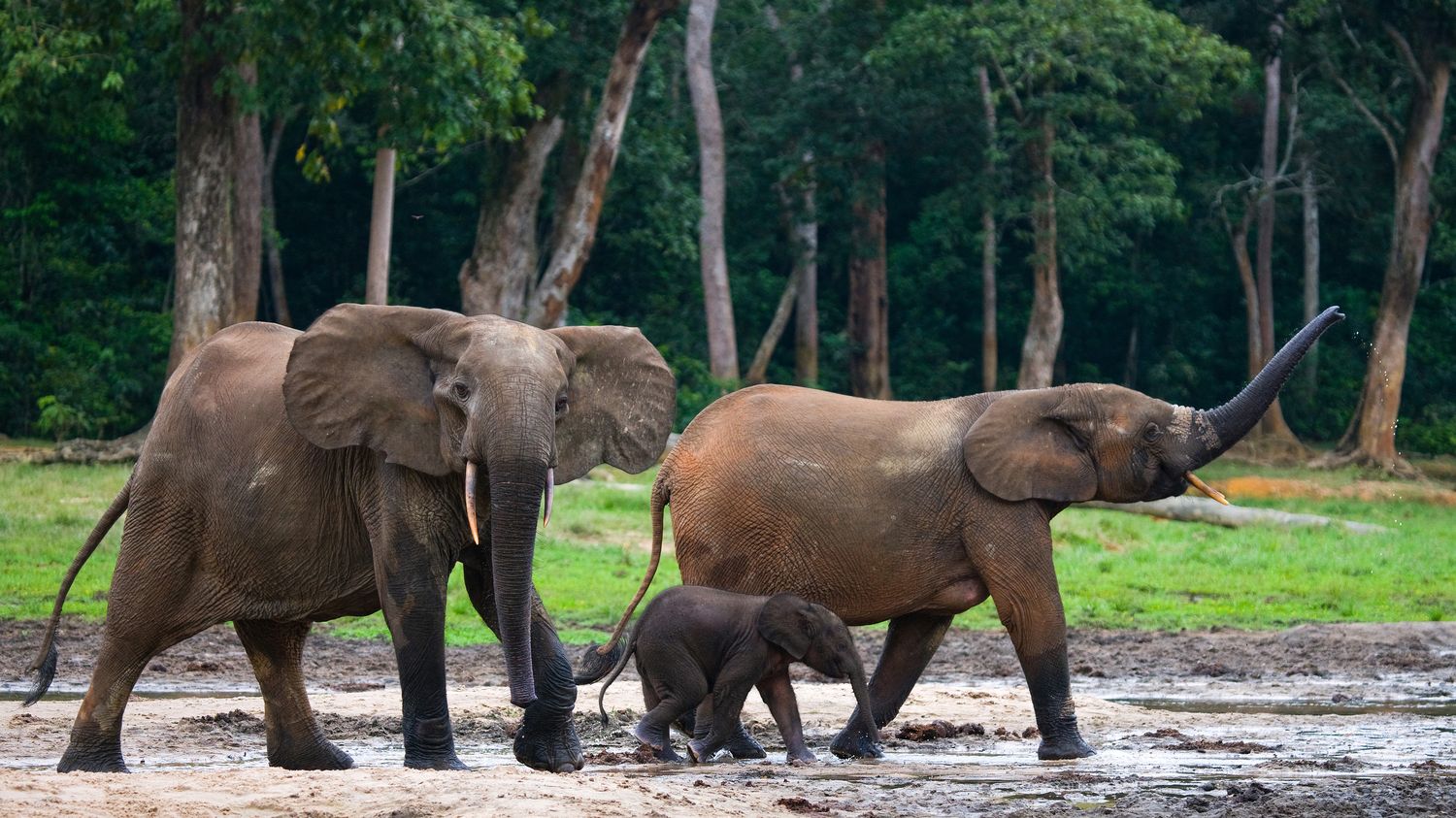According to one report, “France is the third largest importer of African elephant, gray wolf, hippo and scimitar-horned oryx trophies.”

Published
Reading time: 4 min

MPs are called to vote, Thursday, February 1, on a bill banning the importation of hunting trophies of endangered species. The hunt “for fun” to elephants, lions, giraffes and leopards, mainly on the African continent, is increasingly contested by public opinion, in France and in Europe. Because this practice raises some questions.
1 What does the bill contain?
The bill, defended by environmentalist MP Sandra Regol, consists of two articles. The text (PDF link) plans to put an end to imports and exports of trophies of a large part of protected species. He also proposes to punish with three months of imprisonment and a fine of 75,000 euros. the promotion or advertising of the practice of hunting these species.
All species are affected by the import ban whose survival is most compromised, as well as those which could become so, under the criteria established by the Convention on International Trade in Endangered Species of Wild Fauna and Flora (Cites). Because if this convention already prohibits any trade in these animals in danger of extinction, it authorizes the signatory countries to issue specific permits in the case of trophy hunting. (PDF link).
2 Is France a major importer of “trophies”?
Sandra Regol hammered it home: this bill “only deals with imports for France” And “[n’agit] not on international law. But France’s impact is not negligible. Over the period 2014-2018, the country imported 752 hunting trophies of endangered mammal species, according to the report by the animal rights organization Humane Society International (PDF link)published in 2021. France is notably the EU’s leading importer of African leopard, Eurasian lynx and cheetah trophies, according to this report. “France is also the third largest importer of trophies of African elephants, gray wolves, hippos and scimitar-horned oryx, a species of African antelope extinct in the wild. and bred in captivity”, he continues. On the other hand, the country has no longer issued permits to import lion trophies since 2015.
3 What is the position of other European countries?
Europe is the second largest importer of hunting trophies in the world, behind the United States. As early as 2016, the Netherlands banned the import of trophies of more than 200 species, while Belgium followed suit on January 25, says the French committee ofInternational Union for Conservation of Nature (IUCN). Launched two years ago, the Belgian initiative was unanimously adopted by Parliament, welcomed the NGO Humane Society International. A year earlier, Finland had restricted its imports, reports the website of the local organization Sey. In the United Kingdom, a transpartisan law finally failed to ban this practice in September, after 11 parliamentarians tabled around sixty amendments, preventing the text from being adopted within the allotted time, reports The Guardian.
In 2019, more than 50 European deputies and around fifty nature defense organizations called on Cites signatory countries to ban the hunting trophies targeting endangered animals, such as rhinos and elephants.
4 What are the arguments of the defenders of this practice?
The question of trophy hunting is debated, including within the scientific community. Its defenders argue that a handful of rich hunters willing to pay tens of thousands of dollars to kill a wild animal guarantees countries often in great difficulty to finance conservation and anti-poaching programs. In Zimbabwe, trophy hunting finances 90% of conservation initiatives outside protected areas, explains The world. “Conservation is expensive and we lack the means”, has Patience Gandiwa of the Local Wildlife Management Authority told the newspaper. “Elephant hunting, whose populations are abundant, makes it possible, for example, to finance the protection of rhinoceroses or vultures.”
A study published in 2021 in the journal Journal of African Elephants (PDF link) notes that the establishment of areas co-managed by the local population, and within which a quota of a few animals per year is reserved for trophy hunting, has enabled the elephant population to increase from 7,500 individuals in 1998 to more than 22,000 today. But she also notes that the benefits of the model vary from one territory to another, in terms of protection of species or redistribution of profits from this lucrative form of tourism.
Finally, theMost of the revenue generated remains in the hands of hunt organizers and tourism professionals, the report continues. “It is estimated that a living elephant can generate up to $1.6 million over its lifetime in tourism revenue alone,” recalls a collective article published in The world.
